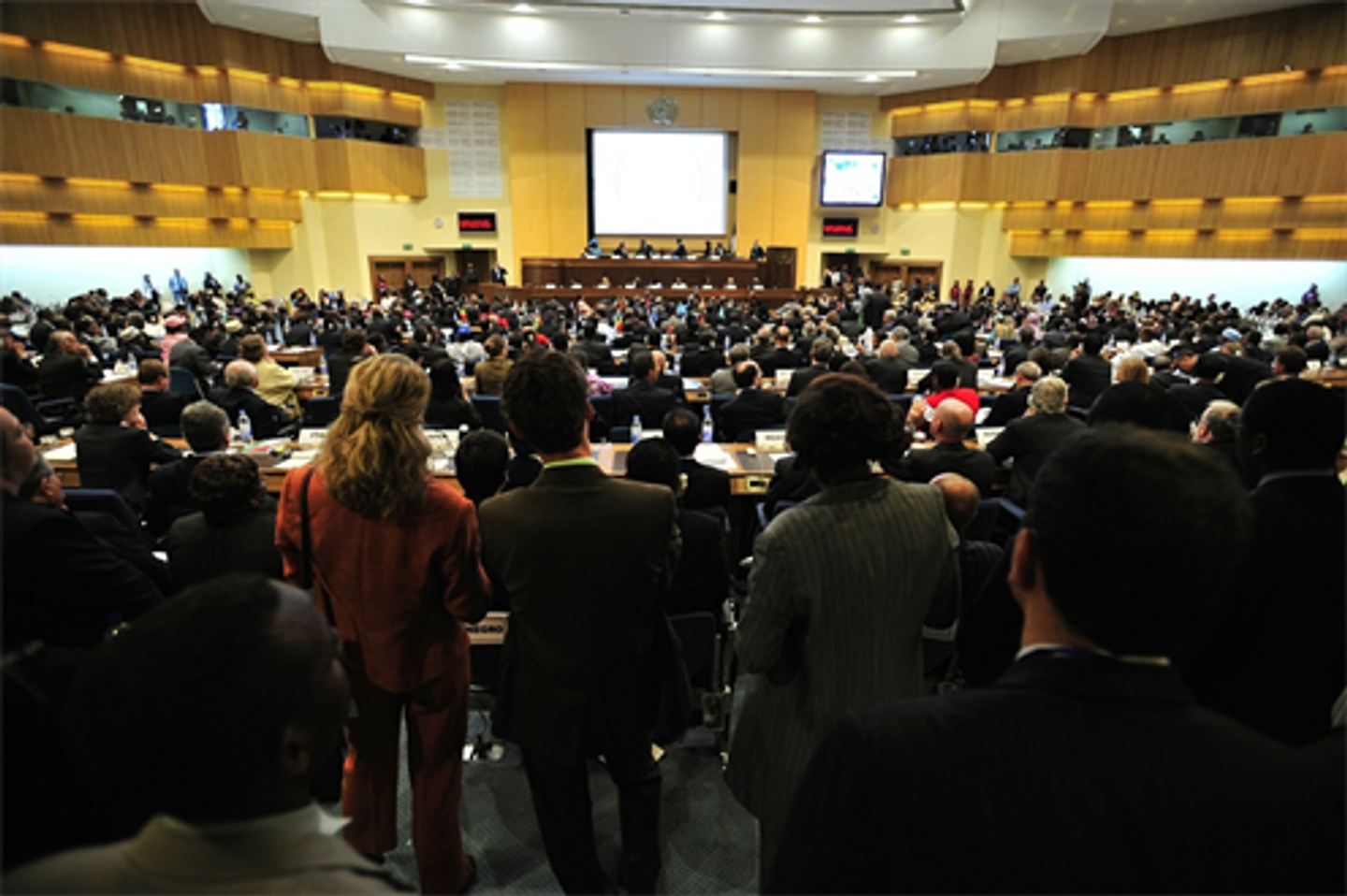

- Home
- Companies
- Smart Grid Observer
- News
- What Are the Potential Long-Term ...
What Are the Potential Long-Term Impacts of Coronavirus on U.S. Electricity?
by Pete Maltbaek, General Manager North America, Smarter Grid Solutions
The recent Coronavirus outbreak has turned the lives of most people upside down. In just a few short weeks, virtually everyone has gone from operating `business as usual`, to facing one of the most challenging times many of us will ever see in our lifetime.
In general, the bulk power system in the US is well protected against natural disasters. There are layers of redundancy in place to enable electricity supply to continue in the event of single or even double, simultaneous points of failure, such as the sudden loss of the largest generator or transmission line. Utilities have also been able to control bad-actor attempts to take over the power system via the internet through the implementation of, and constant upgrade to, the latest cyber-security measures.
At the distribution level, the power sector has well-developed processes and contingency plans in place to deal with extreme natural events such as storms, earthquakes, and tornadoes, with wide physical separation of redundant control centers and well-rehearsed power restoration plans. Recently, especially in California, processes are also being developed to handle increasingly intense fire seasons to prevent the devastating results of power-line created wildfires.
These measures have generally been able to guarantee that any power outage is both limited in extent and quickly restored. Fortunately, many of these well-rehearsed continuity plans already in place have enabled utilities to build up some resilience to the challenges posed by a pandemic threat like the Coronavirus. The power system design, communications and control systems, organizational flexibility and the wider supply chain have all been designed to protect the power supply system, no matter the situation.
However, it would be naive to assume that the Coronavirus will not have any impact on the power sector, and any failures of the power supply would add further significant stress to an already challenging situation. This threat, with the feature of disabling human-to-human infection, is fundamentally different to the weather-related and Cyber-related threats that have long been planned for.
The immediate response to the pandemic...
Utilities, ISOs, and power plant operators have all moved quickly to put measures in place to `keep the lights on`. When Coronavirus was announced to be a `global pandemic`, for example, the NY ISO had to - for the first time - resort to its Pandemic Response Plan. This saw a 37-person team volunteer to enter its sequestration program, meaning they have to live in isolation from friends and family at two ISO offices. Although the entire ISO system largely operates autonomously and continuously under the control of the ISO computers, with little operator interaction, human intervention is still needed to avoid catastrophic failure in certain situations, and 24x7 operator oversight is essential to uninterrupted power delivery.
Other measures to respond to the threat of Covid-19 include segregating control and operational teams, setting up temporary additional backup control centers, ensuring connection robustness for critical customers, e.g. hospitals, supply chain and contractor continuity checks, and cancellation of non-critical work to avoid workforce distraction or putting the networks into less secure states.
So what are the long-term implications?
As we now reach more than two months since the Coronavirus was announced to be global pandemic, we are able to assess a little more of what the long-term implications of Covid-19 could be on North America`s energy and utilities sector.
For many aspects of the energy sector, the switch to remote working has been handled with relative ease. This change could be a long-term in itself. Virtual working seems to have energized some people to push things along more quickly. Might it lead to a leaner, more digitally based industry? It`s perhaps too soon to tell.
But for those that cannot easily work remotely, the pandemic has resulted in construction and supply chain constraints, causing ongoing projects to be delayed, or in some cases, halted completely. With this in mind, it is possible that we could see a dip in clean energy investment in 2020 and 2021.
Most analysts think that the fundamentals remain unchanged and there will be a bounce back after the restrictions pass. Some go further and link together the damaging effect of the crisis on hydrocarbon energy sources and a heightened awareness of sustainable living leading to a speeding up of the clean energy transition.
It could also be possible that we see - though we hope not - an impact on the general sector capacity to deliver needed clean and smart energy system changes. Major corporate distress is being felt as a result of the economic downturn, which is creating a loss of customers, demand, and revenues, and is resulting in hundreds of job losses. In the long-run, this could reduce our capabilities to deliver on crucial system changes needed to meet state clean energy mandates, and this will take some time to build back up.
It may be a comfort to know that while many in the energy sector are firefighting every day to ensure the grid remains stable and the lights stay on, there is also lots of planning and preparations going in to how the industry can prepare for the safe return to work, whether it be at the office or at the physical construction site of a project. Smarter Grid Solutions, for example, is primarily a software company, so we were able to make the transition to everyone working at home with relative ease. But our systems still need to be integrated with utility control systems and physical equipment in the field to become fully operational, and we, like many similar utility-supply companies, are not immune from delays in that regard.
Our current situation is changing every day. The world is a completely different place today from what it was last week. But we are all in this together. Already, a positive outcome from all of this is that collaboration within the energy sector is at an all-time high. Industry is working together to come up with new methods, processes and developments to offer support and delivery during what is an extremely difficult time. Let`s hope this continues in the months and years to come.
Pete Maltbaek is currently General Manager North America at Smarter Grid Solutions (SGS). He has more than 30 years of experience working in the energy sector in North America and with utilities and regulators in over 30 countries around the world. His primary expertise is in the design and technology requirements of electric utility grid control systems, deregulated power markets, and the integration of renewable energy into grid operations.
---------------------------------------------------------------------------
Upcoming Events of Interest from SGO:
3rd Utility Cyber Security Forum, July 21-22, 2020, Oklahoma City
Microgrid Global Innovation Forum – EMEA, September 8-10, 2020, London
7th Annual Demand Response & Distributed Energy Resources Forum, October 12-14, 2020, Los Angeles
EV Charging Infrastructure Summit, November 12-13, 2020, Chicago
